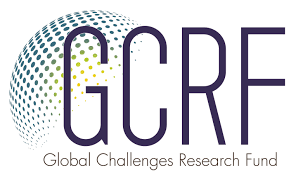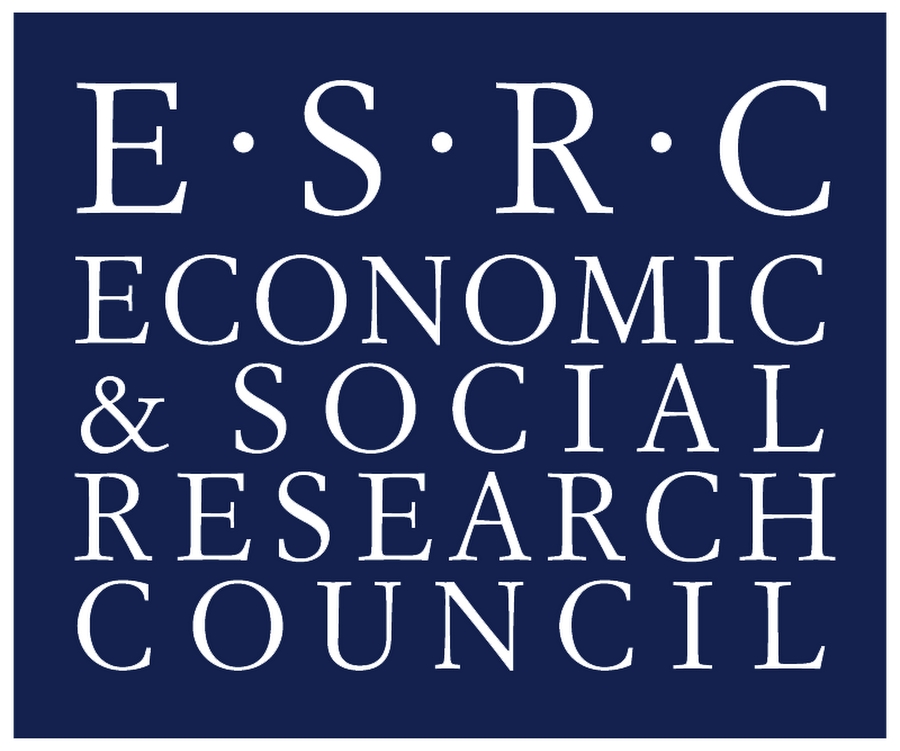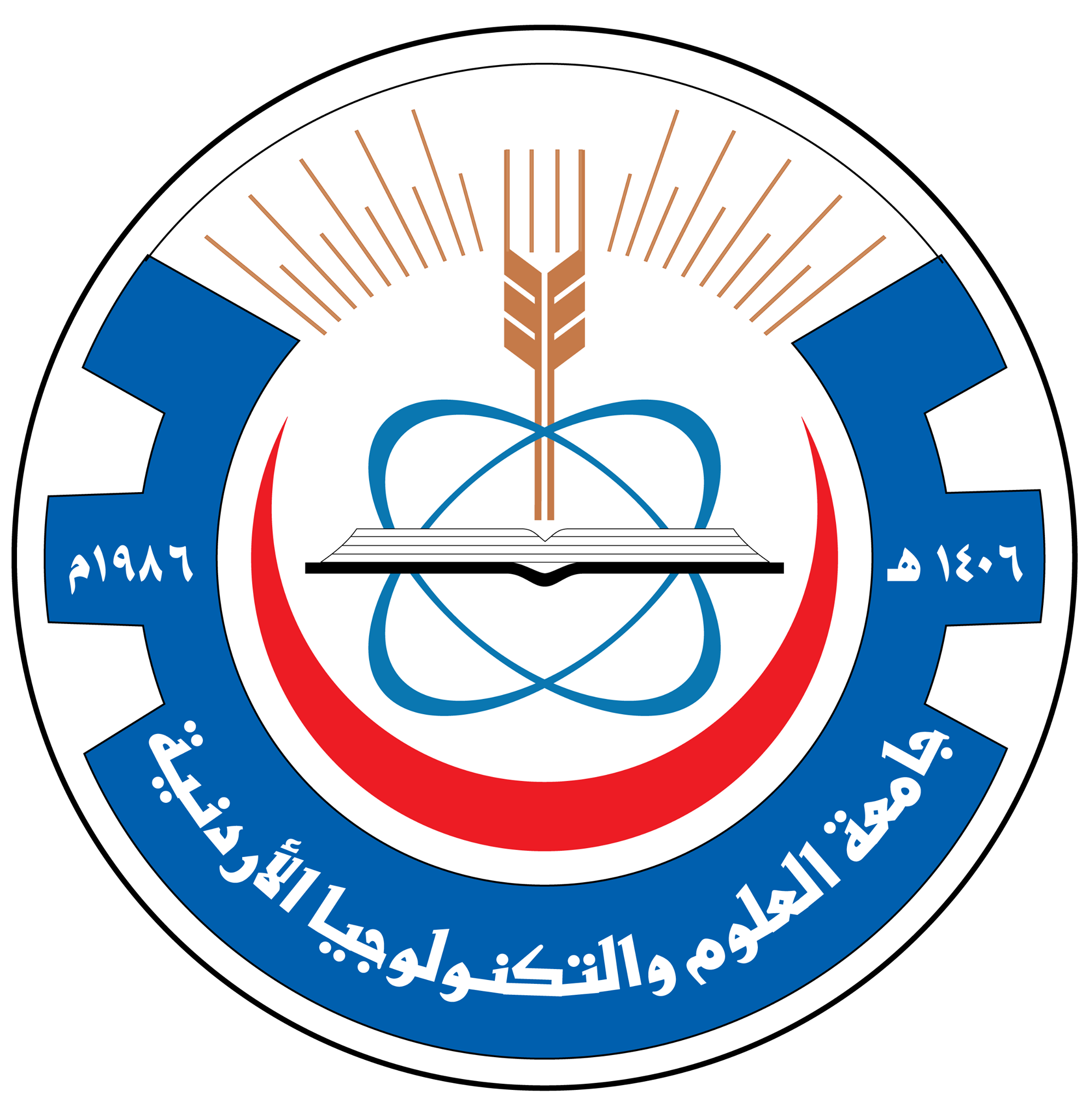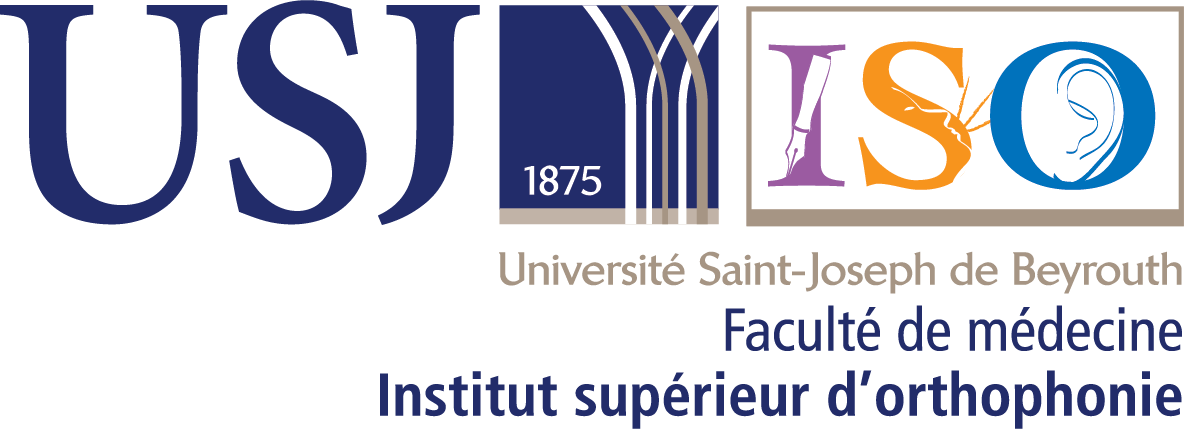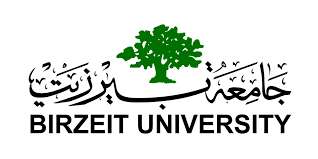Developmental Language Disorder
RADLD Factsheet
Raising Awareness of Developmental Language Disorder (RADLD) Developmental Language Disorder (DLD) fact sheet Arabic English French
FAQs to share with families and other professionals
What is Developmental Language Disorder?
Developmental Language Disorder (DLD) is a condition where children have difficulty developing language skills and there is no obvious cause such as hearing impairment or another disability. DLD can look different in every child, and children might have other conditions like dyslexia or ADHD (attention deficit hyperactivity disorder) as well as DLD. Children may be diagnosed with DLD if they have difficulty learning and using language. This will mean that they can receive the support they need to do well.
The exact causes of DLD are still not well understood, although scientists think genetics and environment might both be involved.
Who is Affected by Developmental Language Disorder?
A lot of people have never heard of DLD. Despite this, DLD affects around 2 children in every classroom (around 7-8% of the population), so it is quite a common disorder, and needs to be better understood.
Why is it Important that Children with DLD Receive Help?
Difficulties with language can cause problems for the child's social life, education, employability and mental health later on in their life. Having problems with language can mean difficulty understanding what is being said at school and in the playground, which is why it's so important that children receive help for their difficulties.
What Help is there for Children with Developmental Language Disorder?
There is lots of help available for children with DLD. Children with DLD can do well at school and socially, but they may require more help along the way.
Speech and Language Therapists play an important role in helping children to learn language if they find it difficult. Often children will need to be taught things that children without DLD are able to learn more easily. SLTs also work with schools and families to support the child’s communication environment.

